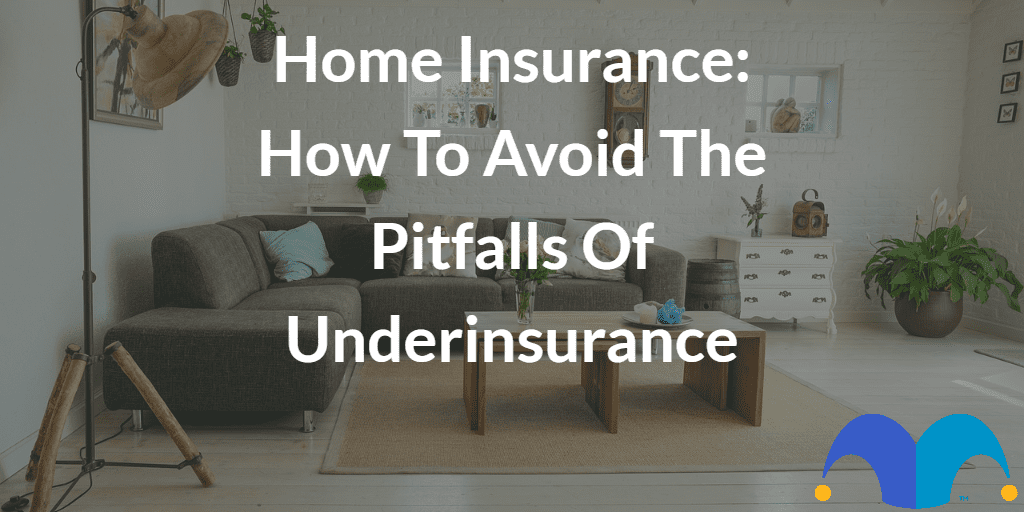When it comes to home insurance, underinsuring your assets can lead to huge financial losses. Here’s why, and how you can prevent it from happening to you.
What is underinsurance?
Underinsurance is when the amount you’re insured for isn’t enough to cover the value of the items in your policy. Underinsurance might not seem like a big deal on individual items. But when it comes to your home insurance, the consequences can leave you seriously out of pocket.
Why is undervaluing your home insurance so risky?
When you take out home insurance, you’ll be asked to agree to a sum insured with your provider. This is the maximum payout you’ll get if you need to make a claim.
However, underestimating your home and your contents doesn’t just leave you open to a smaller payout. Instead, your insurer could apply what’s called the average rule (also known as the condition of average).
What is the average rule in home insurance?
Essentially, it means your insurer can reduce your payout by the amount you’re underinsured by. So, if you’ve underinsured your home contents by 50%, they can cut your compensation by 50% too.
It also doesn’t matter if the total sum insured is less than the amount you want to claim. For example, let’s say you have jewellery that you’ve insured for £1,000 and £800 worth of it has been stolen. Your insurer discovers that the jewellery you’ve insured for £1,000 is really worth £2,000.
Initially, it might not look like a problem as you want to claim £800 out of a total policy payout of £1,000. In real terms though, you’re underinsured by 50%. That means your claim for £800 of stolen jewellery, can also be cut by 50%. This leaves you with a payout of just £400.
The average rule can also apply to buildings insurance. Needless to say, if you’ve underinsured your home, it could mean you won’t have enough to repair or rebuild your house and you’d have to make up the shortfall yourself.
Why do home insurance firms use the average rule?
One reason is to prevent homeowners from purposely underinsuring their property. This is because a lower sum insured can lead to lower home insurance premiums.
If you do underinsure your home and contents, you’re paying a smaller premium that doesn’t reflect the true value of your belongings. Logically, it wouldn’t be fair for insurers to meet the claim in full when you only paid a fraction of the true policy price.
Not all insurers use the average rule, so read your policy’s small print to find out whether yours does.
How should you work out home insurance values?
Underinsurance is common. In fact, risk assessment provider RebuildCostASSESSMENT.com found that more than two-thirds of properties are underinsured. Generally speaking, this is often down to simply underestimating what your home and possessions are worth.
So, to avoid underinsurance, here are three top tips.
1. Check out online calculators
If you live in a standard brick built home (that’s not listed or special in any way), you can use the free BCIS rebuild calculator.
Alternatively, your insurer may use something called the ‘bedroom rated formula’ which works out the rebuild cost based on the number of bedrooms. This is much easier and needs no effort on your part, but it could lead to overinsuring your property (which means a higher premium).
2. Make an inventory
Go through every room in your house and work out the value of what you own. It’ll take time, but it’s a good way to avoid the risks of underinsurance. Don’t forget items you keep (securely) outdoors like garden furniture and equipment.
3. Update your policy
If you buy something expensive part-way through your policy, tell your insurer. You might end up paying slightly more for cover, but it could save you from bigger losses later on.
How can you get the best home insurance?
The best home insurance policy is one that fits your needs. And to find that, you’ll need to shop around. The good news is that we have a guide to home insurance to help you find cover that suits your needs.
